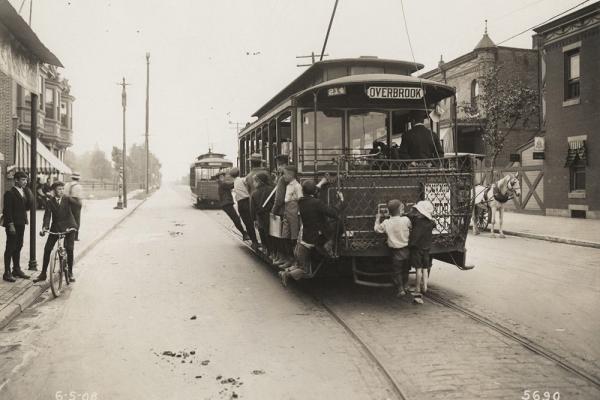Advanced Search
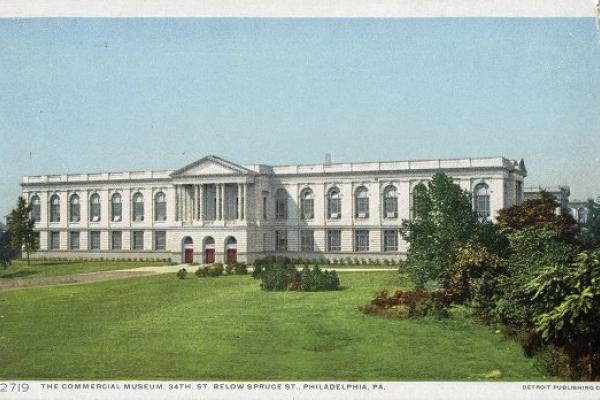
This postcard image shows the Commercial Museum in its first decade of operation. Located at 34th Street below Spruce, the Museum’s neo-classical architecture was inspired by buildings at Chicago’s 1893 World Columbian Exposition.
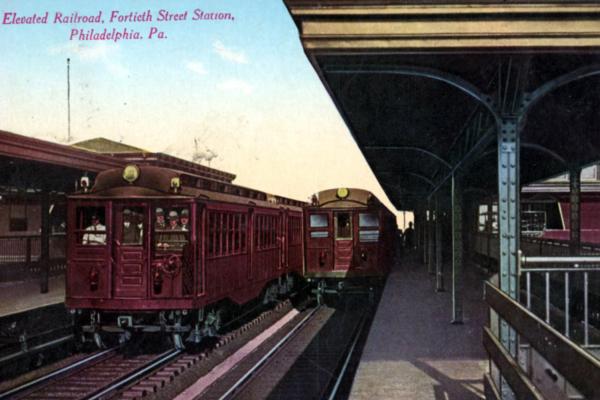
The Market Street Elevated opened in 1907 with lines running from Center City out to the 69th street terminus.
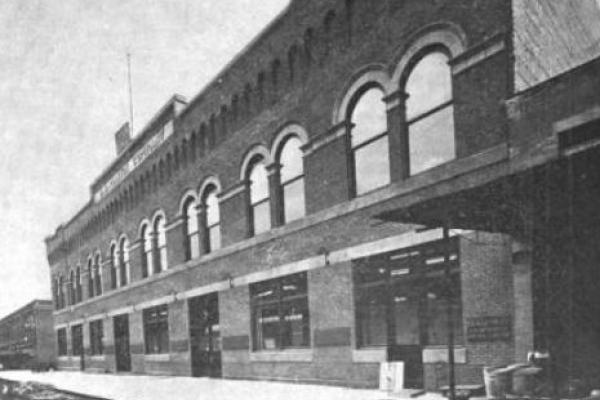
This photograph shows the D.B. Martin Co.’s West Philadelphia facility the year of its opening.
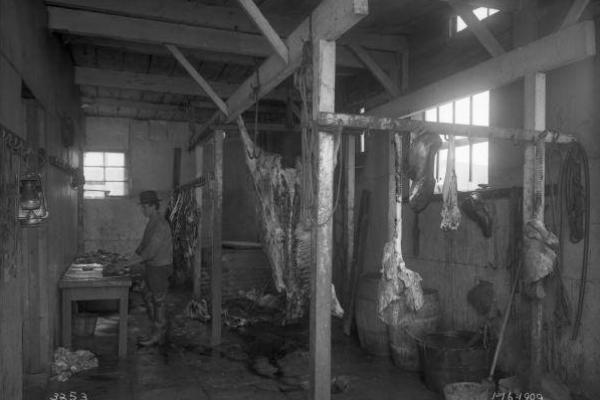
This photograph made for Dr. Albert Schreiber shows the interior of the condemned abattoir at 5319 Westminster Ave.
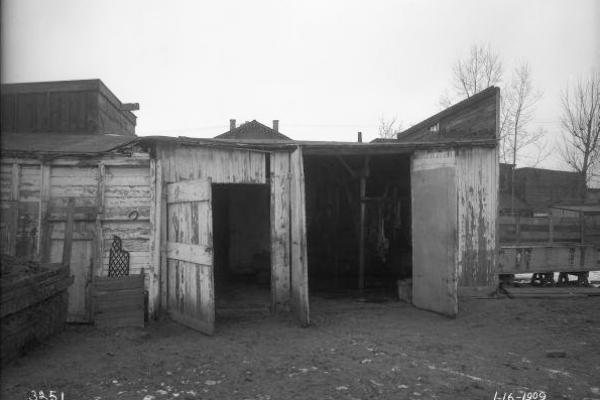
This photograph made for Dr. Albert Schreiber shows the exterior of the condemned abattoir at 5319 Westminster Ave.
1909 map by E.V. Smith of the sample blocks east of 39th Street. By this time Anthony J. Drexel is long deceased and his heirs have sold off the properties here, notably to Samuel S. Fels, a soap manufacturer and philanthropist, whose mansion at 39th and Walnut streets today is home to the University of Pennsylvania’s Fels Institute of Government.
1909 map by E.V. Smith of the sample blocks west of 39th St., with St. Mary’s Church and buildings at center stage.
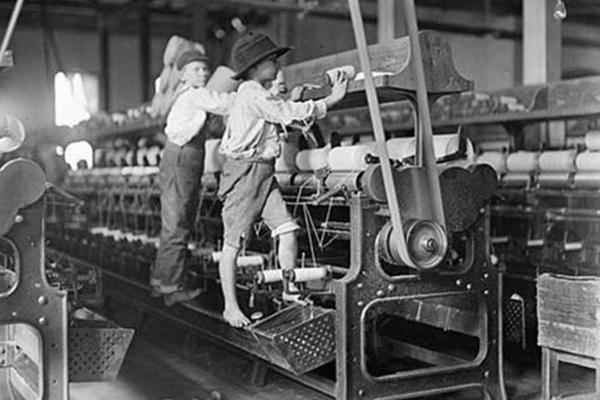
This famous photo by Lewis W. Hines shows child laborers in a Macon, GA textile mill in the early 1900s. Hines’s caption reads: “Many youngsters here. Some boys were so small they had to climb up on the spinning frame to mend the broken threads and put back the empty bobbins.” Hines’s image is an apt representation of child laborers in cotton mills South and North
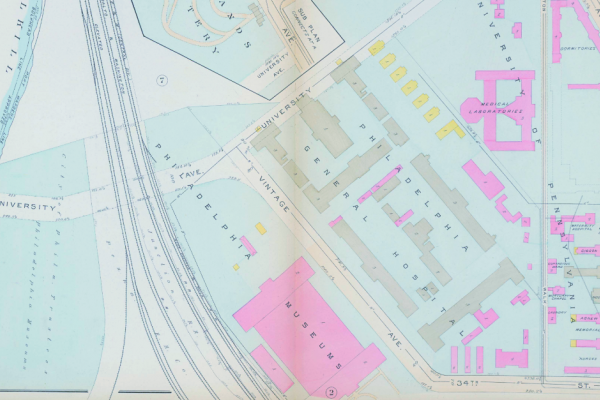
Philadelphia General Hospital as it appeared on a City ward map in 1909.
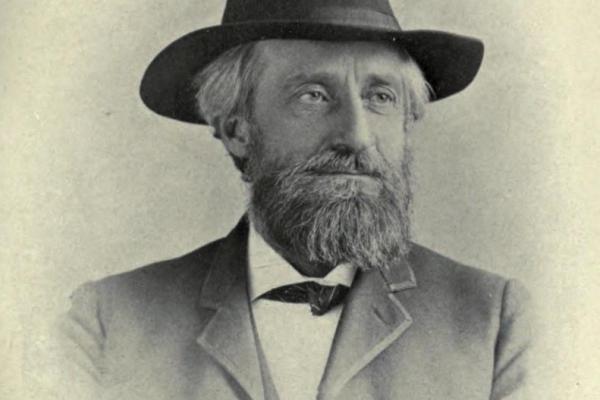
Nathaniel Southgate Shaler, a Harvard University paleontologist and thought-leader/purveyor of social myths in the late nineteenth century, was associated with “scientific racism. Shaler subscribed to the theory of black regression, which the historian Ibram X. Kendi unsparingly describes as follows: Freed from the condition of slavery, blacks were regressing to the “‘African type,’ leading to ‘bold and forward’ Black women advancing on White men, Black male criminals raping White women (compelling White men to lynch them), and Black parents producing children who were ‘less inclined to work.’” In other words, Shaler promoted a view of chattel slavery as a civilizing influence. His ideas belonged to a climate of opinion in the North that regarded African Americans as a declining race unworthy of social, health, and education services.
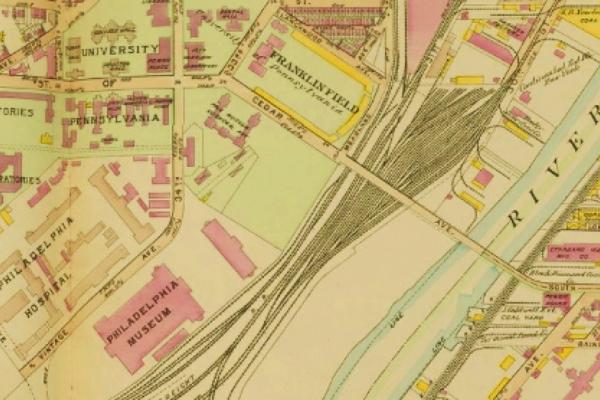
This Bromley map excerpt shows the Commercial Museum at bottom left, identified as “Philadelphia Museum,” with the Philadelphia Hospital (Blockley Almshouse) to the immediate west, and the Free Museum of Science and Art (now the Penn Museum) along Cedar (now South) Street to the near north. The Schuylkill River is on the Museum’s east flank.
